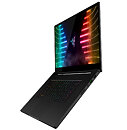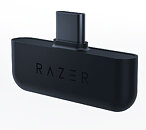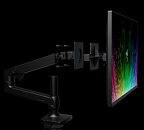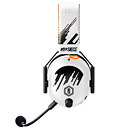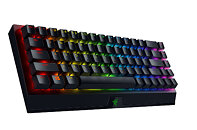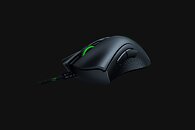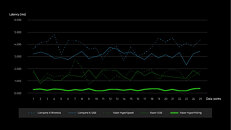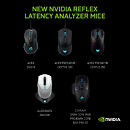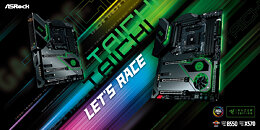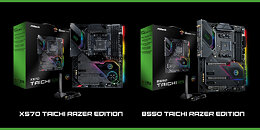
Hack a PC? Plug in a Razer Mouse with Automatic Synapse Installation
Over the past few generations, Razer has automated the download and installation of the Razer Synapse software by having it start the first time to plug in a Razer peripheral on your computer (mouse, keyboard, USB headset, etc.). This may be well-intentioned, but comes with a glaring security flaw, according to a LifeHacker report citing a security discovery by @j0nh4t on Twitter. Apparently, plugging in a Razer peripheral causes the Razer Synapse installer to prompt download and installation using a privileged Windows process (using Windows Update).
Once you download and run the installer, you can choose a custom installation folder for the application. This spawns a Windows Explorer dialog that is privileged and can access folders regular users probably don't have access to, as per an organization's group policy. Once in this dialog, you can simply shift+right-click on a folder, and click on "open PowerShell window here," to spawn a privileged PowerShell at that location, and knock yourself out with whatever it is you want to do to the machine. Visit the source link below for a video demo on how this hack works.
Once you download and run the installer, you can choose a custom installation folder for the application. This spawns a Windows Explorer dialog that is privileged and can access folders regular users probably don't have access to, as per an organization's group policy. Once in this dialog, you can simply shift+right-click on a folder, and click on "open PowerShell window here," to spawn a privileged PowerShell at that location, and knock yourself out with whatever it is you want to do to the machine. Visit the source link below for a video demo on how this hack works.




